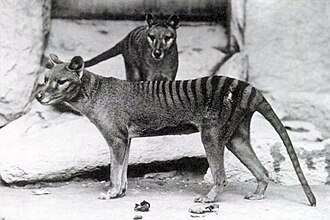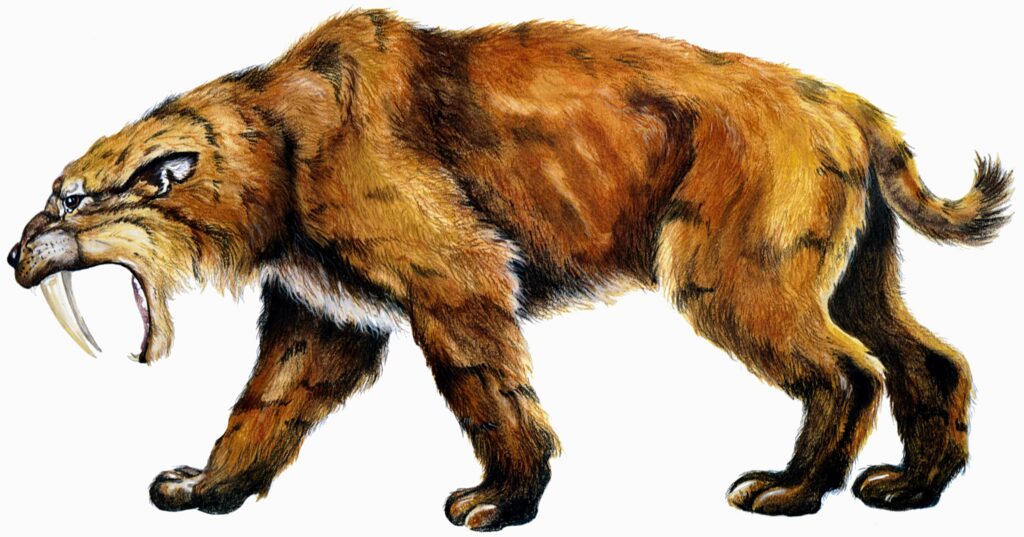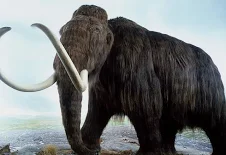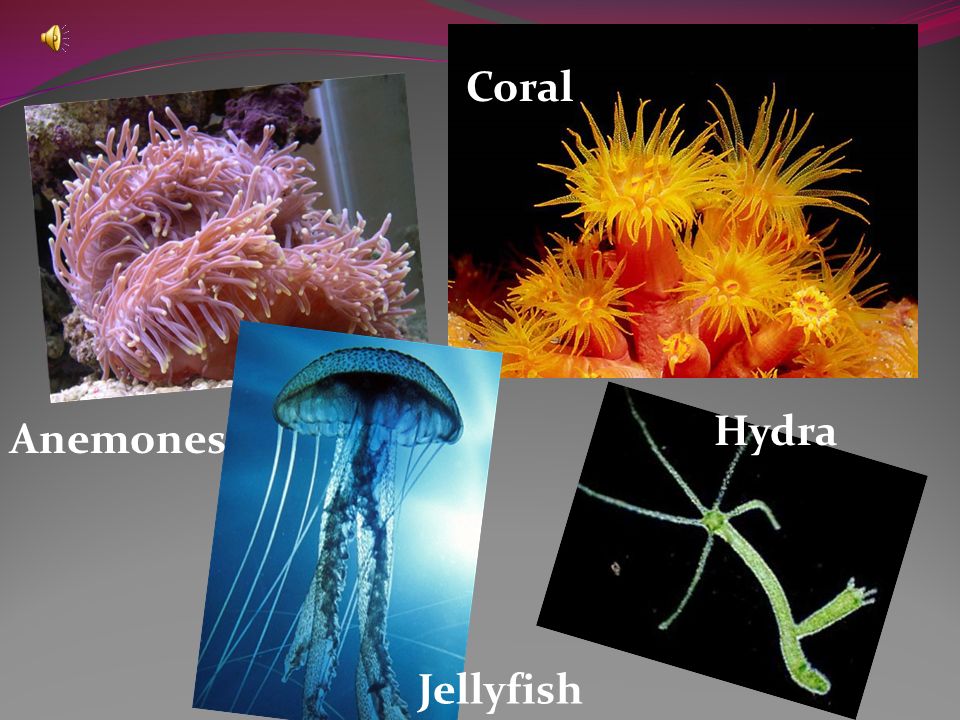Dire Wolves A Journey Through Time
Introduction to Dire Wolves Dire Wolves A Journey Through Time a vast Pleistocene landscape, where massive wolves with powerful jaws hunted giant bison and horses under a chilly sky. These were dire wolves (Aenocyon dirus), awe-inspiring predators that roamed North America from about 250,000 to 10,000 years ago. Often mistaken for oversized versions of modern […]
Dire Wolves A Journey Through Time Read More »









